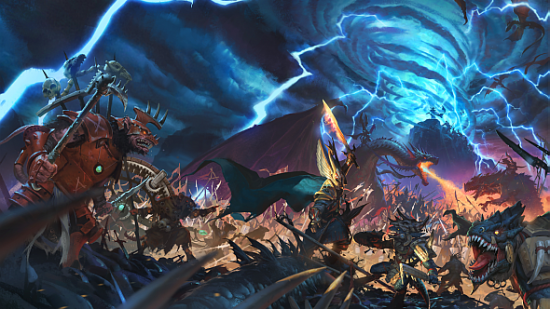Total War: Warhammer II is due to release less than eighteen months after part one of the projected trilogy. Many announcements, interviews, and several hands-on opportunities later, we’ve gathered quite a lot of information. Read on for an overview of the new races and how they’ll work, and some speculation – partially informed by evidence – about which might join them later, via DLC.
Want more details? Here’s everything we know about Total War: Warhammer II.
Total War: Warhammer 2 High Elves
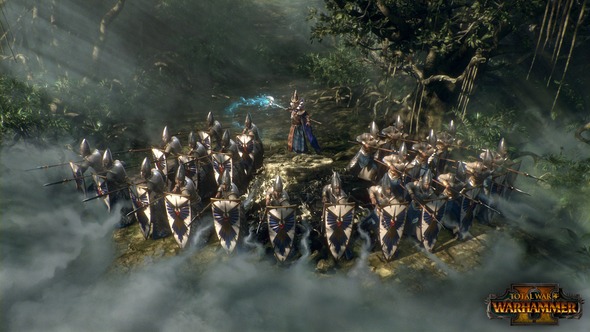
“The High Elves are quite an insular race,” says game director Ian Roxburgh. Long ago, the Elves were the favourite (but not the first) creations of the Old Ones, the original gods of the Warhammer World, who also built them an idyllic island called Ulthuan. Thousands of years later, this has given their descendents a certain sense of entitlement; they look out only for themselves, and yet, because they also consider themselves the rightful rulers of the world, they stick their noses into everyone else’s business anyway.
High Elf spies enable them to see whatever their trading partners see, and they can earn ‘influence’ by using their agents or resolving events called Intrigue at Court dilemmas. You can then spend this influence in the diplomacy menus to manipulate relations between other factions: “You could make two rival High Elf and Dark Elf factions go to war, to weaken them both,” suggests Hall, but you’re not limited to toying with third parties; if you want to trade with someone but your relations aren’t quite good enough, you can spend some influence to improve them.
“[They’re] really fun to play if you want to get that flavour of being a master manipulator,” says Hall.
On the tabletop, the High Elves are a flexible and disciplined army. Think of that cool bit at the start of the Lord of the Rings, where glittering ranks of elves take an orc charge and chop them up with cool efficiency, and you’ve a sense of their flavour. They have a long-standing alliance with the dragons and some of the best elite infantry in the game, such as the Phoenix Guard – they get a perpetual magical ward that makes them very tanky (by elven standards, at least). They’re a little light on artillery, but otherwise have ample choice in every troop type.
You can check out the High Elf army roster here. Watch out for those Star Dragons.
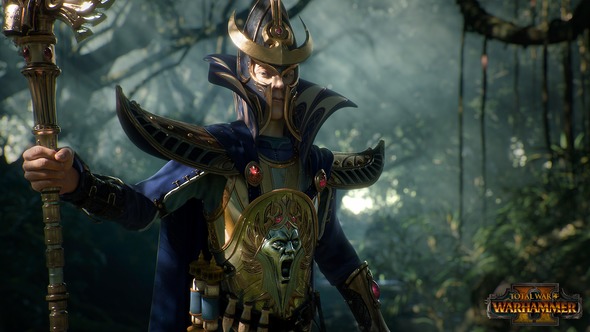
Yet another thing they do brilliantly is magic, and it seems they’re bringing their biggest gun right from the start. The elven mage in the trailer? That’s no ordinary mage: that’s Teclis, one of the most powerful magic users in Warhammer. He and his more martial-minded twin, Prince Tyrion, are the High Elves’ two Legendary Lords. Tyrion starts in Lothern, the capital of Ulthuan, while Teclis starts far abroad in the Turtle Isles, surrounded by Lizardmen. Their campaigns should have very different flavours.
Total War: Warhammer 2 Dark Elves
The Dark Elves are the High Elves’ twisted kin, separated from their brethren in a violent civil war known as the Sundering. The fire was built by the corrupting forces of Chaos taking root in Ulthuan, then ignited – literally – when a prince named Malekith was rejected and burned by the flames that he had assumed would confirm him as the Elves’ new king. See what that sense of entitlement gets you?
Anyway, he rejected the verdict of the holy flames and went to war with those who defended their integrity. He lost, was kicked out of Ulthuan, and now sulks in the bleak land of Naggaroth with his equally deranged mother Morathi, earning the derision of all Warhammer fans for being the world’s biggest baby. He and his followers harass Ulthuan and dream of ways to restore Malekith to the throne, because baby wants his bottle.
On the tabletop, Dark Elves have many troops that imitate their High kin, but with a more aggressive, nastier twist. To get an idea of what they’re about, consider the Witch Elves: a powerful sect who go to war in a drug-fuelled frenzy, restore their beauty by bathing in literal cauldrons of blood, and spend one night a year sacrificing some of their own people to Khaine, god of murder. Their knights ride velociraptors, their dragons are black, and their elites are better at killing than tanking. You can check out the Dark Elf army roster here.
We’ve not seen too much of the Dark Elves on the strategic map yet, but we know they’ll use slaves as one of their currencies, and that their seafaring prowess will be reflected in some way. Andy Hall says “there’s a cool bit of seagoing IP with the Dark Elves that’d be weird if we didn’t have it.” He’s probably referring to the infamous Black Arks – vast floating fortresses built on the backs of summoned sea monsters. YouTuber PartyElite and the Sixth Axisboth report that they’re in the game as ten-slot floating cities which can recruit units, bombard the land, and take slaves.
It also sounds like we’ll see a darker side to the High Elves’ predeliction for politics: when discussing that, Hall said “obviously the Dark Elves take it to the next level, literally knives in the back.”
Total War: Warhammer 2 Lizardmen
Remember how we said the Elves weren’t the first creation of the Old Ones? That would be the Lizardmen. They are “the most ancient of all the races,” as Roxburgh says. They’re the only faction to remember and keep faith with the Old Ones, and CA are “building mechanics in around that flavour.”
One example is the geomantic web – a network of ley lines that connect your temple cities. By improving those cities, you’ll restore the web and reap its benefits: as the Lizardmen, your provincial commandments have five tiers. “The first level is quite a weak effect,” says designer Mark Sinclair, but as you strengthen the links between two provinces by developing their cities, “that’ll improve the level of commandment. So the first level may be weaker than other factions, but that fifth level, or even third or fourth, will be quite a lot stronger.”
It also sounds like the Lizardmen may also get some unique commandments. Sinclair says “you can buff your armies… and there’s also an aggressive [commandment] that increases your unit stats, increases the rate of experience you gain. It’s really beneficial to upgrade the Geomantic web.”
Lead writer Andy Hall chimes in, saying “the kick of it is, the commandment level is always the same as the lowest city in that grouping… it’s probably better to have all your cities at level three rather than one at level five.”
Finally, the Lizardmen will get a unique army stance: the Astromancy stance, which we can also see in the flyover trailer. It will “increase your campaign view range, so you can see more of the map,” says Sinclair. “It increases your defence against ambushes and against factions using the Underway, so you’ll encounter the enemy a lot more. It’s a defensive, forward-thinking stance, which is really in keeping with the Lizardmen.”
“They’ve foreseen it because the Great Plan has told them,” adds Hall.
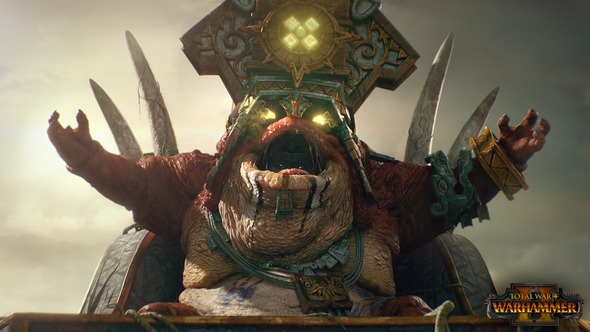
In battle, the Lizardmen are a cool-as-hell army of dinosaurs and bipedal lizards. Their frontline troops, Saurus warriors, are some of the meanest standard infantry on the tabletop, and they can also ride velociraptors. Stegadons are house-sized stegosauruses that can carry magical weapons or howdahs full of skinks (small Lizardmen), shooting poisoned blowdarts. And, outside of rare exceptions like Teclis, the Lizardmen’s leaders, the Slann, are the strongest wizards around – indeed, they’re so powerful that you won’t recruit them like normal Lords. CA designer Mark Sinclair told us at E3 that you’ll first need to build a Star Chamber – a tier-five building – and then perform a Rite to awaken its Slann.
Following the standard might-and-magic format, the Lizardmen Legendary Lords are Kroq-Gar and Lord Mazdamundi, respectively among the eldest Saurus warriors and Slann Mage-Priests still living.
You can check out the Lizardmen army roster here.
Total War: Warhammer 2 Skaven
Teased at the end of the announcement trailer, the Skaven have now been confirmed as Warhammer II’s fourth army. They’re a vile race of overgrown humanoid rats, supposedly created when a mysterious stranger – perhaps not unlike the one who appears in some pop-up events in the first game – caused a Chaos-tainted rain to fall upon a decadent city.
As rats, the Skaven like to burrow. In the lore, almost all of their empire is underground, with only occasional cities popping up on the surface like spots on a greasy teenager. Accordingly, the Skaven can use the underway on the campaign map, and all of their cities are hidden – appearing to other races as innocuous Ruins. They’ll also spread their own variety of Corruption, and you’ll need to keep them well-stocked with Food if you want to expand.
The Skaven Legendary Lords are Queek Headtaker of the ambitious Clan Mors, and (as we predicted) Skrolk, of Clan Pestilens, who killed a lot of their fellow Skaven when conquering large swathes of The Southlands.
The Skaven are divided into many other clans, whose habit of infighting is the only reason they haven’t taken over the world: Clan Eshin are assassins and sneaks, Clan Skryre are harebrained engineers whose Warpstone-fuelled weapons backfire as often as not, and Clan Moulder are their biological equivalents – a bunch of deranged Frankensteins who create ungodly creatures like Rat Ogres and the Hell Pit Abomination. That’s basically a lump of flesh with fists attached, and is their tier-five monster unit. You can view the Skaven army roster here.
For an in-depth breakdown of how the Skaven will play on the campaign map and in battle, check out ourSkaven army guide.
Total War: Warhammer 2 DLC races (speculation)
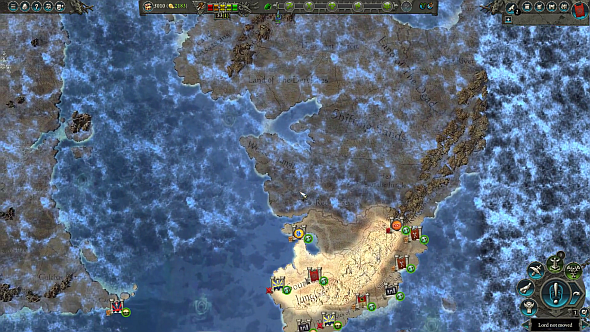
Those are the four races that will be present at launch, but if Warhammer II is anything like the original, they’ll get some company soon enough. The original Total War: Warhammer launched with five playable races (if you count Chaos) but now has nine. DLC races for the sequel are all but certain, so who could they be?
Total War: Warhammer 2 Tomb Kings
This is practically definite. The Tomb Kings are one of the core armies from the eighth edition of tabletop Warhammer, and CA have said they want all fifteen of those armies in the game eventually, so they have to come at some point. Now we know the entirety of The Southlands continent is in Warhammer II, that means the Tomb Kings’ home is in the game – they simply need to move in.
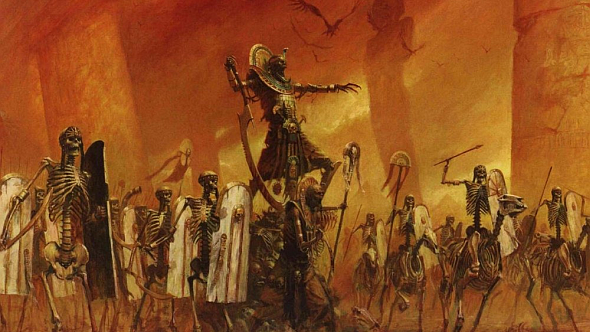
The human kingdom of Nehekhara (Warhammer’s equivalent of ancient Egypt) was comprised of many prosperous cities until a chap called Nagashreallyscrewed things up for everyone. He pioneered Necromantic magic in his search for eternal life, ultimately casting a spell that turned the whole of Nehekhara into a land of the living dead. There’s lots more to say about Nagash, who is one of the setting’s greatest villains, but this article has to end somewhere.
Anyway, alongside the Vampire Counts, the Tomb Kings are Warhammer’s second undead army. Notable troops include super-tough mummies, entire units of war chariots, and massed ranks of archers with poisoned arrowheads. They can also animate magical constructs, such as leaping stone sphinxes, Hierotitans, bone giants, and the ogre-sized Ushabti.
Settra the Imperishable, the tyrannical-but-badass first King of Khemri and one of the few Tomb Kings to stand up to Nagash, is a clear favourite for a Legendary Lord. Expect Tomb King DLC to be among the first post-release content – perhaps even before the end of 2017.
Total War: Warhammer 2 Araby
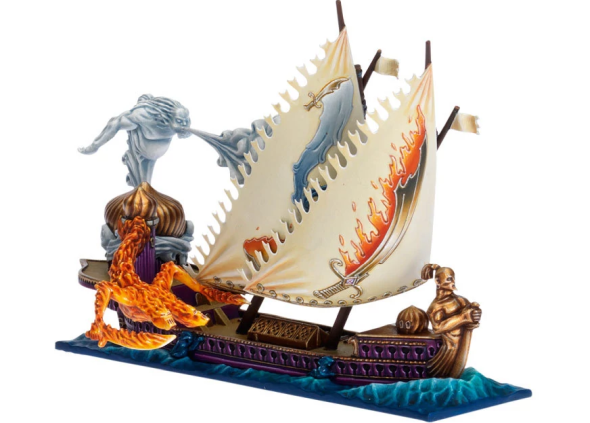
Araby is Warhammer’s analogue of the Middle East. It lies to the west of Nehekhara, so it’s also in Warhammer II – if only in territorial terms – and now that Norsca are a thing, Araby DLC is looking much more likely.
In some ways, there’s more for CA to dig out of Games Workshop’s closet here than there was for the northmen: like them, Araby never got a book in Warhammer, but they were an official army in Warmaster, a larger-scale specialist game set in the same universe. They got their own GW models and everything.
They’re cool, if cringingly stereotypical – their wizards can summon genies, they can take to the skies in flying carpets, and they field whole units of elephants. More mundane troops include spearmen, archers, royal guards, camel cavalry, and Arabyan knights (good one, GW). There are also tribes of martial-minded nomads who wander Araby’s deserts. Perhaps the country’s most notable warriors are the fanatical dervishes – I saw a region named for them in my playthrough.
Politically, Araby is a huge and decadent empire comprised of many theocratic caliphates, who follow one of Warhammer’s few monotheistic religions. The caliphs are centrally governed – at least in theory – by a single Sultan of All. Most of the wealth and population is on the coast, where trade flows into rich ports – its inner lands are arid and hostile, and breed those hardy nomads. Despite all this flavour, CA have a lot of work still to do to make them a full race, but after Norsca, I find that thought more exciting than worrying.
Total War: Warhammer 2 Albion
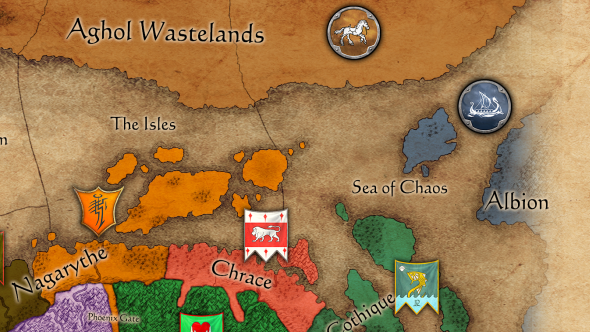
After Creative Assembly published the full Vortex campaign map, we noticed this little island tucked away in the far northeast, under the control of the Skaeling Norscans. As the name suggests, Albion is Warhammer’s version of Britain. Like Araby and Norsca, it never got an official army book, but some of its natives got models and rules, and there’s a lot of old lore for CA to dig into if they wanted to flesh it out further.
Albion is a primitive, mist-shrouded vision of ancient/Celtic Britain, full of giants, druids, and warring tribes just as savage (but less Chaos-tainted) than the Norscans. The other Warhammer races officially went there for Games Workshop’s Dark Shadows event in summer 2001, with the associated rulebook extending Albion’s lore and adding new rules and units. Those units were good and evil druids called Truthsayers and Dark Emissaries, and the Fenbeasts they controlled (‘swamp elemental’ probably best describes them).
Rules for fog, rain, and thunderstorms were also added, to check off the British stereotypes, and the druids got a new lore of magic based on stone circles. In the new backstory, the druids used these to help the High Elves stem the flow of Chaos, so there’s a definite point of interaction with the Vortex campaign there.
This one is a bit of a reach, we’ll admit – Albion probably gives CA the least to go on of all these races. But hey, it’s on the map, which puts it ahead of Chaos Dwarfs or Ogre Kingdoms.
Total War: Warhammer 2 Vampire Bloodlines
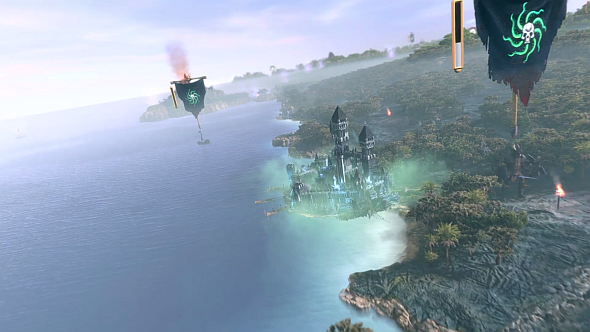
In my hands-on time with Warhammer II’s campaign, I noticed that the centre of The Southlands continent – where the Tomb Kings should be – was under the control of the Strygos Empire, a Vampire Count minor faction led by Ushoran. We also know the Necrarch Brotherhood and the Vampire Coast are two other minor vampire factions, and there’s a lot of potential for all three to be fleshed out in DLC.
Warhammer’s vampires originated in Nehekhara, and founded several bloodlines of which the von Carsteins of the Old World are only the most notorious. The Necrarchs are hunchbacked dark wizards who lock themselves in towers and do nasty experiments; the Strigoi are musclebound bestial vampires, debased after the destruction of their empire; and the Vampire Coast is an enclave of undead pirates founded by the mad Luthor Harkon.
Ushoran, Harkon, or the Necrarch leader W’Soran could easily be added as new playable Legendary Lords for the Vampire Counts, with new start positions, units, and strategic mechanics to reflect their particular characteristics.
